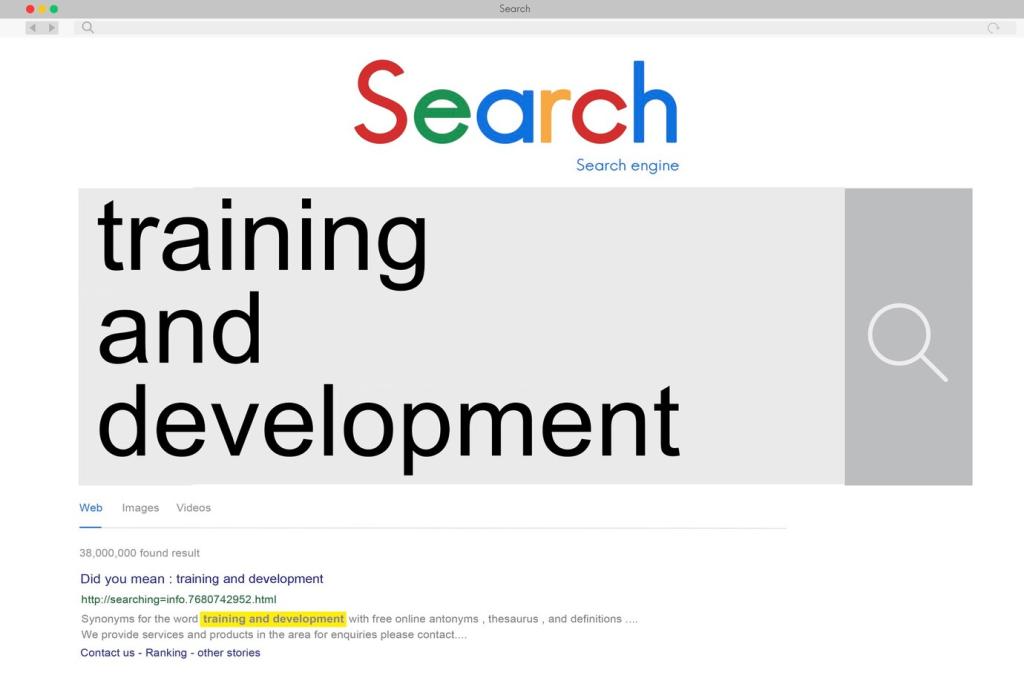Communication That Builds Trust
Summarize objectives, health, key milestones, risks, and next steps—no fluff. Color where it matters, context where it helps. A CFO once said, “I finally understand the story in five minutes.” That is the bar to meet.
Communication That Builds Trust
Have an agenda, owner, timebox, and outcome. Cancel if there’s no decision to make. After adopting this rule, a team freed six hours weekly and delivered earlier. Comment with your toughest meeting habit you’re ready to retire.



